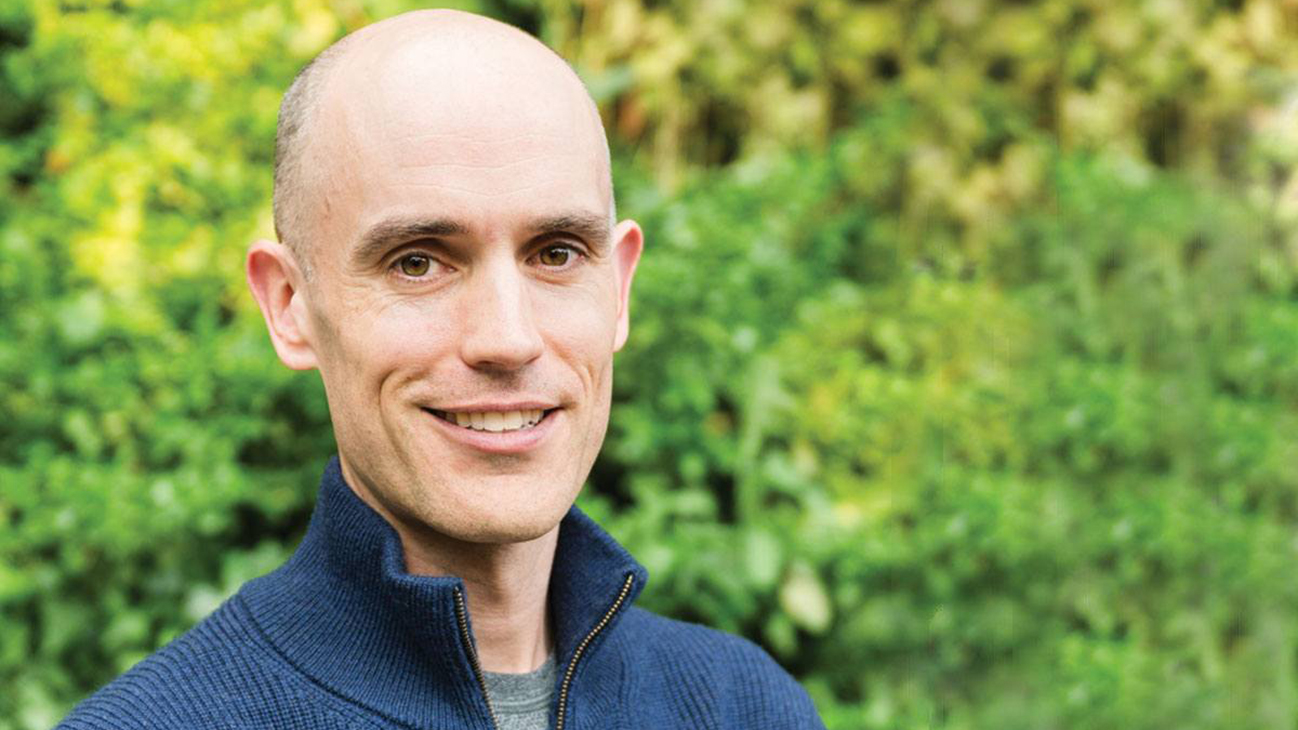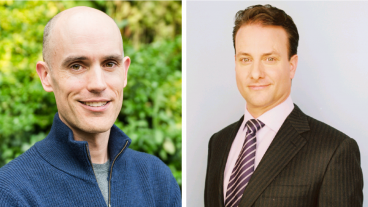A common refrain that’s been repeated throughout the pandemic has been that we should think of the era of COVID-19 as a marathon, not a sprint. That can be a helpful perspective for maintaining mental and emotional endurance, but how can we “run” a race when there’s no known finish line?
That’s an important question that formed the crux of a recent piece in The Globe and Mail by performance expert and award-winning journalist Alex Hutchinson. He used a recent “virtual race” held across the world, which featured a unique twist: “…the Quarantine Backyard Ultra, a virtual race in April in which runners had to complete a 4.167-mile loop once every hour – exactly 100 miles every 24 hours – until, well, until they stopped. There was no finish line – the race would end when a single runner was left standing.” This novel form of ultra-long-distance competition provided a helpful anecdote to illustrate the science behind what normally happens in a race, and the phenomenon of what happens when there’s no defined end.
As it happens, there’s a whole subfield of sports science, at the intersection of physiology and psychology, that explores this terrain. It’s called teleoanticipation, a term coined in 1996 by German physiologist Hans-Volkhart Ulmer to describe how our knowledge of an eventual endpoint (or telos) influences the entirety of an experience. Using endurance sports as their medium, researchers in this subfield have probed what happens when you hide the finish line, surreptitiously move it or take it away entirely. For those of us tempted by promising vaccine updates to start fantasizing about an end to the pandemic, these researchers have some advice: don’t.
The standard Aesopian view of pacing – slow and steady wins the race – is based on a simple, mechanistic view of human limits. If you have a certain amount of fuel in the tank and a certain distance to cover, you can calculate how fast to go in order to reach the finish just as your tank runs dry.
As Alex goes on to point out, that ideal of pacing is not how humans usually behave in actual competitive conditions. People often run their fastest at the very beginning of a race, and then just as the end is in sight. He points to that as an example of how we only know our limitations in relation to the length being run; it’s common at the end of a race to feel like we’ve “given it our all.” Alex goes on to argue that the danger in our current situation is to give ourselves a likely endpoint, because as those come and go it only adds to our psychological pressure.
So, what can we do? Alex points to research that makes a strong case for forgoing arbitrary “finish lines” and instead settling in for the long haul. If we focus on how we’re doing day to day, that’s a healthier ruler to measure our well-being against. As Alex puts it in his piece:
“It turns out that, if you ask yourself ‘Can I keep going?’ rather than ‘Can I make it to the finish?’ you’re far more likely to answer in the affirmative.”
Many believe our limits are defined by physical traits, but Alex Hutchinson knows that limits only exist in our minds. An award-winning science journalist, Alex draws on his experiences as an elite long-distance runner for Canada’s national team and as a scientist to explore the limits of human performance and understand the subtle factors that define champions. His New York Times bestselling book Endure: Mind, Body, and the Curiously Elastic Limits of Human Performance was recently a featured read for the Next Big Idea Club curated by Malcolm Gladwell, Susan Cain, Adam Grant, and Daniel Pink.
If you’re interested in booking Alex or another speaker for a virtual presentation, please contact us for more information.




